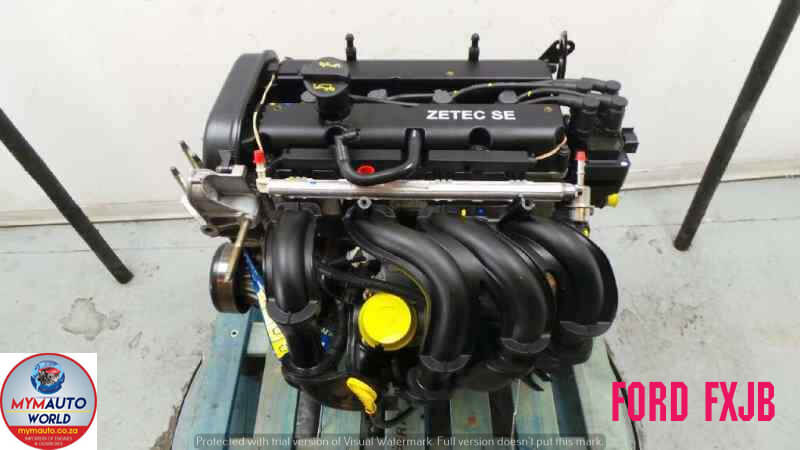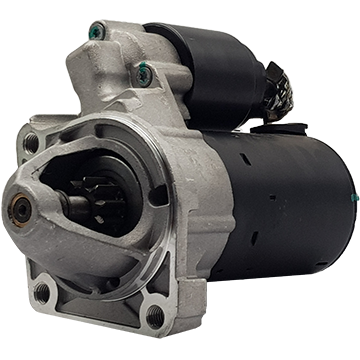Save Money on Repairs with Regular Ford Fiesta Engine Inspections
Wiki Article
Checking Out the Advancement of Engines: From Classic Designs to Modern Marvels
From the first heavy steam engines that powered the Industrial Revolution to the introduction of inner burning engines that changed mobility, each stage has actually contributed to greater efficiency and capability. As we check out these landmarks, one need to consider how the future of engine style may unfold, challenging our perceptions of power and effectiveness.The Birth of Engine Technology
The arrival of engine technology noted a zero hour in human innovation, transforming energy conversion and transportation. The earliest engines emerged from the demand to harness mechanical power for practical use, leading to the growth of gadgets that transformed numerous energy types right into activity. The principle of the engine can be mapped back to old people, where simple makers, such as the waterwheel and windmill, used all-natural pressures to do job. Nonetheless, it was throughout the late 17th and early 18th centuries that substantial developments began to materialize.The advancement of the inner combustion engine and the development of the vapor engine catalyzed a profound change in commercial capabilities. These engines not only boosted effectiveness but also increased the range of human mobility, enabling extraordinary transport opportunities. The early models laid the groundwork for the mechanical world, promoting the rise of markets and reshaping social frameworks.
As engine layouts advanced, they integrated cutting-edge materials and advanced engineering principles, leading the method for contemporary advancements - ford fiesta engine. The birth of engine innovation sparked a ruthless search of effectiveness and power, establishing the phase for the vibrant evolution of transport and industrial machinery that would certainly comply with
Steam Engines and Their Impact

The steam engine's influence was specifically noticeable in the transport industry (ford fiesta engine). Steam-powered engines assisted in the fast movement of products and people across large distances, properly reducing the geographical barriers that had actually previously prevented profession and communication. Similarly, steamships reinvented maritime travel, allowing for quicker and much more reliable crossings of oceans and rivers.
In market, vapor engines powered manufacturing facilities, allowing mass production and the surge of urban centers as hubs of economic task. Vapor technology fostered advancements in engineering and manufacturing processes, laying the groundwork for future advancements in engine layout.
The Increase of Inner Burning
Often eclipsing heavy steam power, the rise of internal combustion engines noted a transformative change in transportation and industry throughout the late 19th and early 20th centuries. The advancement of these engines, identified by their capacity to shed gas within the engine itself, allowed higher effectiveness and power compared to conventional steam engines. Introducing inventors such as Nikolaus Otto and Rudolf Diesel played crucial roles in developing engine layouts, resulting in widespread adoption in autos, boats, and commercial machinery.The inner combustion engine's portable size and reasonably light-weight nature helped with the emergence of individual vehicles, transforming private mobility and improving city landscapes. By allowing faster traveling and the reliable transport of items, these engines militarized economic development and fostered globalization. The adaptability of fuel choices, consisting of gasoline and diesel, even more boosted their appeal, permitting for varied applications across numerous fields.
Regardless of the ecological problems that would certainly later develop, the first appeal of inner burning modern technology stocked its transformative potential. As culture try here accepted this development, the structure was laid for contemporary transport systems, establishing internal burning engines as a foundation of commercial development and every day life throughout the 20th century.
Advancements in Engine Performance
As inner combustion engines became essential to transportation and sector, the emphasis moved in the direction of enhancing their effectiveness to meet growing demands for efficiency and sustainability. Developments in engine design, material science, and innovation have actually considerably added to this evolution.One major innovation is the advancement of turbocharging, which allows for boosted air consumption, leading to even more full gas burning and boosted power outcome without enlarging engine dimension. Additionally, variable shutoff timing systems have been carried out to maximize engine performance across different RPM varieties, thus boosting gas effectiveness.
The usage of advanced fuel shot modern technologies, such as straight shot, has also played a vital role. This technique enables for even more specific control over the fuel-air mixture, advertising better combustion and minimizing emissions. Light-weight products, consisting of light weight aluminum and composite components, have actually been embraced to reduce overall engine weight, leading to improved efficiency.
These developments show a more comprehensive pattern within the automotive industry, where the harmony in between design development and environmental factors to consider drives the ongoing quest for higher efficiency in inner combustion engines. Consequently, modern engines are now much more effective, cleaner, and reliable than in the past, paving the means for a more sustainable future in transport.
The Change to Electric Power
With growing problems over ecological influence and fossil fuel reliance, the automotive industry is experiencing a considerable shift towards electric power. This shift is driven by a combination of technological advancements, regulative pressures, and altering customer choices. Electric automobiles (EVs) offer an engaging choice to standard inner combustion engines, boasting reduced greenhouse gas emissions and reduced operating prices.The increase of battery technology has actually more information been a game changer, with lithium-ion batteries ending up being extra effective and cost-efficient. Enhanced energy density and faster charging abilities have actually made EVs extra practical for day-to-day use. In addition, governments worldwide are executing motivations and setting ambitious targets for phasing out nonrenewable fuel source lorries, thus increasing the fostering of electric power.
As billing infrastructure expands and battery technology proceeds to improve, the shift to electrical power is poised to reshape the automotive landscape, advertising sustainability and technology in the years to come. The future of transportation is electrical, and the momentum is undeniable.
Conclusion
The advancement of engine technology stands for a significant trajectory of advancement that has exceptionally affected transportation and market. From the foundational vapor engines to the transformative inner combustion engines, each development has added to improved flexibility and financial development.
Report this wiki page